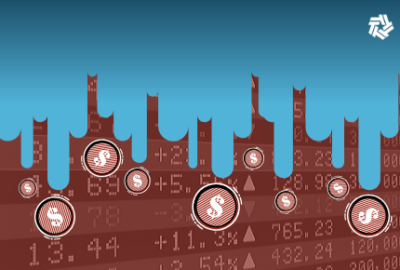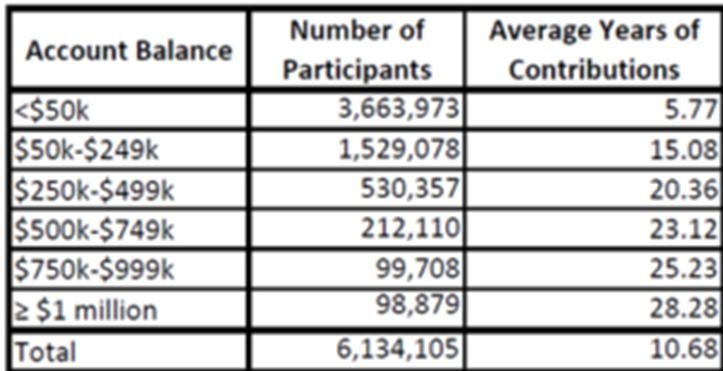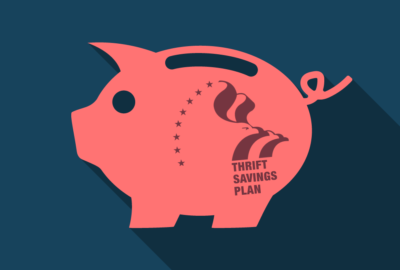
TSP roadmap: When (if ever) should you play it ‘safe?’
Is it safe to put your retirement nest egg in the never-has-a-bad-day (or many good days) G fund? Or go for the stock index or L funds which go up and down but...
The good news headline is that membership in the Thrift Savings Plans’ Millionaires Club has jumped to 98,879 and is still climbing. Equally good, most of the seven-figure clubbers aren’t wealthy lawyers turned federal judges. Or political appointees or members of Congress. Most are ordinary, upper income feds who’ve been investing for around 30%. Most maxed out their contributions to get the magical government 5% match. And most had most or all of their money in the stock indexed C, S and I funds. And left it there and continued to buy those funds when the market crashed in ’08-’09.
The sub-headline is that there about six million current and retired feds who are NOT millionaires. But many are on the verge. Checkout where you stand as of June 30, 2021:
 When it comes to asset allocations (as of June 30) investors had $207.9 billion (or 26.9%) of their money in the G-fund (treasury securities) and $238.1 billion (30.8%) in the C fund, which tracks the S&P 500.
When it comes to asset allocations (as of June 30) investors had $207.9 billion (or 26.9%) of their money in the G-fund (treasury securities) and $238.1 billion (30.8%) in the C fund, which tracks the S&P 500.
Many feds consider the G fund (Treasury securities) as the safe investment because they never have a negative return. Critics point out that the G-fund hasn’t, for years, had a good return either. In fact it is mostly outperformed by the F fund (bonds) which as of now has a negative return.
So is it safe to put your retirement nest egg in the never-has-a-bad-day (or many good days) G fund? Or go for the stock index or L funds which go up and down but mostly up in recent years?
Financial planner Arthur Stein has definite ideas about what “safe” means when it comes to building a retirement fund. He’ll be my guest today at 10 a.m. on our Your Turn. The show starts at 10 a.m. EDT. You can stream it at www.federalnewsnetwork.com or listen in the DC-Baltimore area at 1500 am. The show will also be archived on our home page so you can listen later, listen again or pass it on to a friend or coworker.
Nearly Useless Factoid
The center of the Milky Way tastes like raspberries and smells like rum. While using a radio telescope to sift through the cloud at the center of the galaxy for amino acids, the building blocks of life, they discovered ethyl formate, a chemical that gives raspberries their flavor and smells like rum.
Source: The Guardian
Copyright © 2025 Federal News Network. All rights reserved. This website is not intended for users located within the European Economic Area.
Mike Causey is senior correspondent for Federal News Network and writes his daily Federal Report column on federal employees’ pay, benefits and retirement.
Follow @mcauseyWFED
Related Stories





